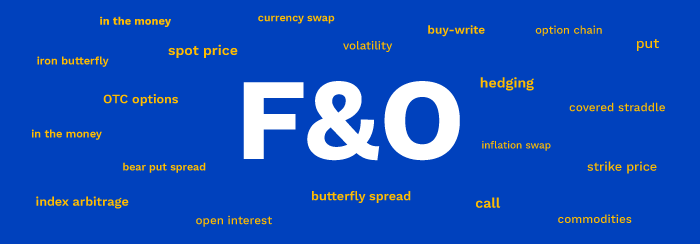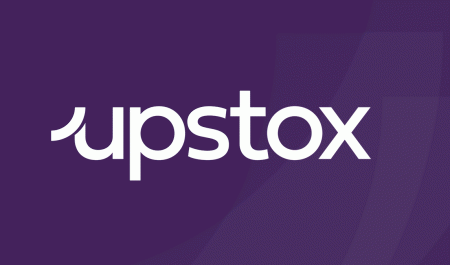Future & Options (F&O) are derivative products with a slight difference. A future represents a right and an obligation to buy/sell a stock. Profits and losses can be unlimited in futures for both, the buyer and the seller. An option is a right without an obligation to the buyer of the option. That means the buyer gets the right to buy or sell a stock and for this right they pay a premium to the seller of the option. The buyer of the option has limited losses and unlimited profits whereas it is the reverse in the case of the seller of the option. However, trading in options can be a lot trickier than you can imagine. Here are five things you must keep in mind before trading in F&O:
Futures are leveraged products and work both ways
Quite often you hear the argument that you only pay a margin for buying or selling futures and hence the Return On Investment (ROI) can be multiplied. For example, if you pay 20% margin on your futures position, then a 10% profit will be 50% profit on your margin. But remember... this concept of leverage works both ways. Just as your profits can be magnified, your losses can also be magnified.
Stop losses and profit targets are a must when trading in F&O
Stop loss is like insurance to your trading position and the point at which you should take the small loss and terminate your position. You need stop losses, whether you are long or short on futures. Similarly, trading in F&O is all about churning your capital aggressively. Hence, you also need to have short profit targets to make the best of the situation. The normal question is whether one should keep stop losses for buy options too. When you find an option likely to expire worthless, it is better to trigger a stop loss and at least recover part of your losses. In F&O, profit is that which is booked into your bank. All else is just book profits.
Don’t be overenthusiastic about deep OTM options
There is a common fallacy that purchasing deep Out of The Money (OTM) options are a good strategy since they entail small premiums. But that is because they are hardly worth anything. Eventually, you will also end up losing the premium amount. The ideal approach is to go for underpriced options that are slightly out of the money. Low priced options do not make them attractive. It is very difficult to make profits by purchasing deep OTM options.
Volatility works in favour of the option buyer and against the option seller
If you had bought an option ahead of the elections, you would have seen the price of the option increase even if the stock price did not move. That is because of heightened volatility. Among the various factors that influence option prices, it is volatility that is one of the most important. Volatility makes call and options more valuable as there is a greater probability of your option turning in a profit. Purely based on expectations, the price of the call or put option can go up even if the stock price has not moved. This is very important for an option seller because high volatility becomes returns for the buyer but risk for the seller of the option.
Basic purpose of F&O is to hedge your risk and not to take risky trades
The whole idea of F&O is to hedge or protect your portfolio risk. For example, if you are holding Reliance, then you can lock your profits by selling futures at a higher price. Alternatively, you can protect your price risk by buying put options. Hedging with options has a unique value as options are asymmetric. This also makes options amenable to more advanced strategies like covered calls, spreads, strangles etc.
F&O is not rocket science like it is normally made out to be. Once you understand these nuances, you are all set to trade effectively in F&O.



